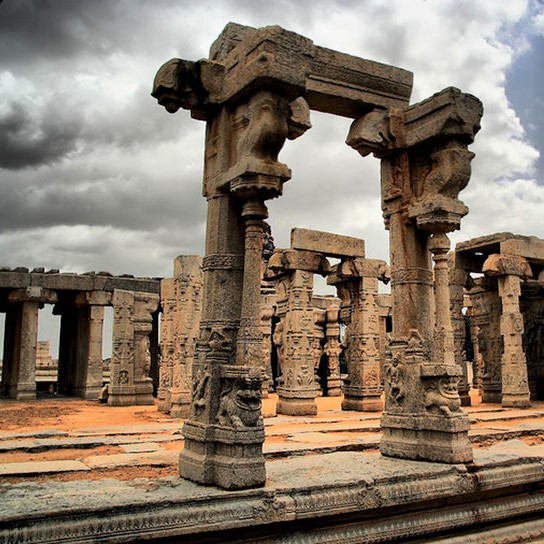Discover the Historical Charm of Kolar: A Journey Through Time

Kolar, once a flourishing city sprinkled with abandoned forts, ancient temples, rare old gold mines, and hero stones, was governed by numerous kingdoms and was the original capital during the Ganga Dynasty. The remnants of Kolar ignite the curiosity of historians and travellers alike, attracting tourists consistently throughout the year.
Historically known as Kolahalapura, the name, as per historical records, stemmed from conflicts between the Chalukyas of the North and the Chola Kings of the South. According to legends, the city was also known as Kolahalapur due to a mythological war between Lord Parasurama, the sixth avatar of Lord Vishnu, and King Kartavirya Arjuna. Over the centuries, the name evolved to Kolar.
Kolar offers numerous fascinating sites. Among them, the Kolaramma temple is the most renowned. Dating back to the Ganga period, this shrine to Goddess Parvati, constructed in the Dravidian architectural style, underwent renovations during the Chola and Vijayanagara periods. The temple, with its Tamil, Kannada, and Grantha inscriptions, along with the four-foot-tall hero stone and sculptures depicting battles, stands out. Additionally, Kolaramma temple is celebrated as a powerful Shakthi shrine that practices Tantric worship, featuring subshrines for the Seven Mothers and the scorpion goddess, Chelamma.
The Someswara Temple, dating back to the 14th century, is another historical site in Kolar. Constructed at various times by different kings, its architecture showcases the craftsmanship of earlier artisans through its Dravidian and Vijayanagara styles. The temple's grand façade and extensively carved black granite marriage hall reflect the rich culture and history of Kolahalapur.
Antaragange, known for its springs emanating from a bull's mouth in the rocks, is a must-visit. The Neelakanteshwara temple, situated atop a hill surrounded by uncharted territories, provides a perfect setting for adventurous activities such as cave exploration, rock climbing, and hiking.
A notable site is the Kolar Gold Mine which, according to historians, has been a mining hub since the 5th century. Though it ceased operations in 2001, the site’s remnants vividly recount its bustling past filled with Anglo Indians, supervisors, geologists, and labourers.
The awe-inspiring Kotilingeshwara Temple displays over nine million Shiva lingas at one glance. Devotees often donate linga idols to the temple as a form of gratitude for prayers answered, featuring the largest, which stands at 108 feet tall and is the tallest in Asia.
Kolar continues to captivate those interested in exploring the deep-rooted history and culture of the Deccan Plateau.
How to Reach Kolar:
Air: From Bangalore's international airport, Kolar is approximately 70 km away and accessible by prepaid taxi or public transport.
Train: Kolar’s railway station is well-connected to other cities and towns, with the city center just about 2 km away.
Road: A well-established road network throughout Karnataka makes it easy to reach Kolar from various cities.
Frequently Asked Questions (FAQs) About Kolar
What are the must-visit temples in Kolar?
Kolar is home to several significant temples, including the Kolaramma Temple, Someswara Temple, and the Kotilingeshwara Temple, known for its vast array of Shiva lingas.
How can I explore the Kolar Gold Mine?
Though the Kolar Gold Mine ceased operations in 2001, visitors can explore the remnants and learn about its history through guided tours available in the area.
What adventurous activities can I do in Kolar?
Kolar offers adventurous activities such as cave exploration, rock climbing, and hiking, especially in the Antaragange region.
When is the best time to visit Kolar?
The best time to visit Kolar is from October to March when the weather is pleasant and ideal for sightseeing and exploring the historical sites.
How far is Kolar from Bangalore, and what is the best way to travel?
Kolar is approximately 70 km from Bangalore. The best way to travel is by road, either by hiring a prepaid taxi or using public transport for a scenic and comfortable journey.